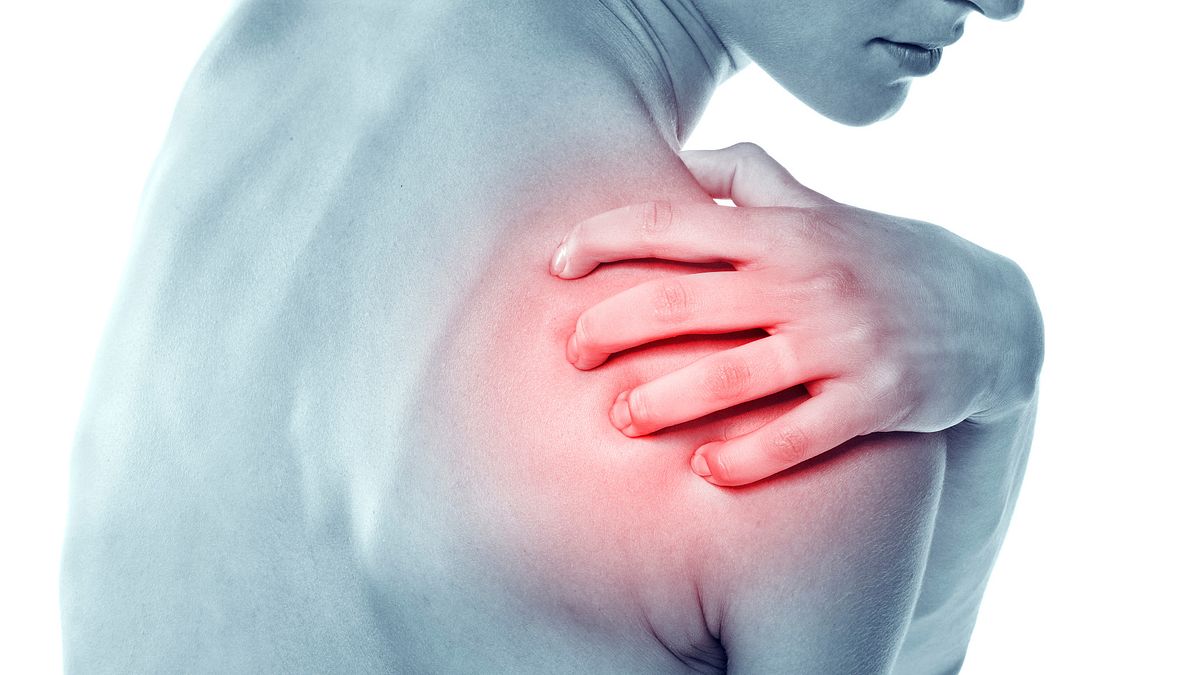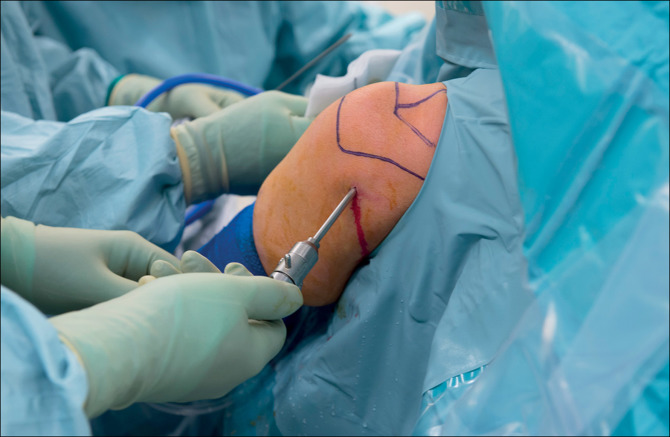What is Percutaneous Laser Disc Decompression (PLDD)?
If you suffer from agonizing back or neck pain as a result of a herniated disc, PLDD (Percutaneous Laser Disc Decompression) offers quick relief without surgery.
PLDD is the minimally-invasive medical procedure developed by Dr. Daniel S.J. Choy in 1986 that uses a laser beam to treat back and neck pain caused by a herniated disc. A herniated disc is like a balloon with a weak spot. Inflating it will cause a bulge (herniation). Pain results from the bulge pressing against nerves in the spinal column.
The PLDD treatment is performed on an outpatient basis using only local anesthesia. During the procedure, a thin needle is inserted into the herniated disc under x-ray guidance. An optical fiber is inserted through the needle and laser energy is sent through the fiber, vaporizing a tiny portion of the disc nucleus. This creates a partial vacuum which draws the herniation away from the nerve root, thereby relieving the pain. The effect usually is immediate.
PLDD Treatment at Orthobridge Orthopedic Centre in Kenya
Orthobridge Orthopedic Centre has a team of back pain specialists in Nairobi, Kenya focused on the innovative treatment of spine pain. Our doctors focus on relieving your back pain & neck pain using conservative treatments, therapies, and non-surgical options.

Benefits of PLDD
- For its execution, local anesthesia is used ; the advantage of local anesthesia is evident, for example, in being able to treat patients suffering from collateral diseases that may represent an increase in risks under general or spinal anesthesia.
- It can be used, as well as in a large group of herniated discs, also for disc protrusions in which usually the “classic” surgical indication “or endoscopic should not be placed. They are not responding to several conservative therapies and the patient does not find solutions to his problem, which affects daily life and work.
- PLDD can be used in a certain percentage of post-surgical or post-endoscopic recurrent hernias; in these cases the success rates are statistically lower.
- PLDD allows a relatively faster recovery of the patient’s daily and working activities with consequent notable positive social – economic implications; in about 70% of cases, in fact, hernias and disc protrusions affect the population in full employment.
- The no needs for surgical incisions, detachment of the muscles from the bones of the vertebral laminae, removal of bone and ligaments, determines the absence of problems as typical for “traditional” surgery such as the formation of scars around the nerve roots, chronic pain due to muscle damage and, sometimes, also instability of the spine with the need perhaps of subsequent rather complex surgical re – operations.

Who should consider PLDD?
- This procedure is specifically designed for patients with disc problems accompanied by the following:
- Severe leg, arm, neck or lower back pain.
- Pain that has not responded to six weeks of conservative treatments- rest, meds or physical therapy.
- Herniated lumbar discs confirmed by x-ray studies that may include one or more of the following: Magnetic Resonance Imaging (MRI), CAT Scanning, Myelography, Discography.

Possible risks of PLDD
Among the most frequent complications are discitis, which is an inflammatory process that affects the intervertebral disc and the surface of the vertebral bodies.
Laser disc surgery is performed with a needle under XRAY guidance. The risk of something going wrong is very rare.
It is suggested that the use of antibiotics could reduce the risk of infection of septic discitis, although its use is questioned.
There are reports about the possibility of bleeding, along with the development of bruises, reflex sympathetic dystrophy, paraspinal muscle spasms, sacroiliac inflammation, new-onset root deficit, nerve root and sigmoid artery damage.
In the cervical and thoracic regions it should be taken into account that due to the anatomical location, with many vital structures, the intervention could carry a risk of emergence of retropharyngeal abscess, or pneumothorax, among other complications.
The heat of the laser generally renders areas sterile and infection is very rare but a reaction with local inflammation is more common.
How to avoid complications
To avoid unwanted complications or adverse effects, emphasis is placed on that the procedure by means of PLDD must be performed by expert surgeons, with experience and trained in this procedure, being essential to monitor the patient and be alert to any complaint or pain during the intervention, making the necessary adjustments of power, frequency of pulses and intervals when applying the laser when it occurs an episode of pain or “burning” by the patient.

If you are considering percutaneous laser disc surgery, request an appointment with orthopedic specialists in Kenya at Orthobridge Institute, an orthopedic center in Nairobi, Kenya. We can help determine if PLDD is the right procedure for you, discuss a treatment plan, and put you on the road to recovery.
Contact us or schedule a consultation online to learn more.












